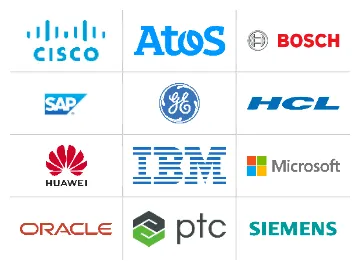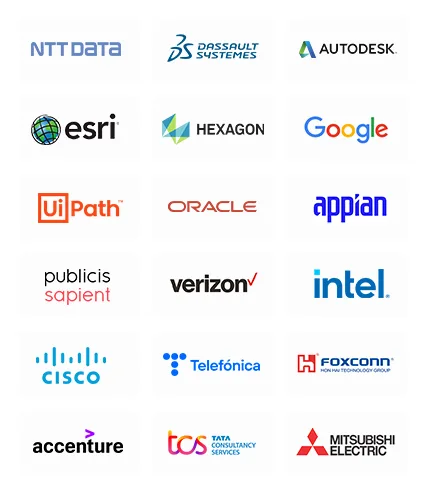IoT in Manufacturing Market Future Prospects
The global IoT in manufacturing market is estimated to have generated USD 87.9 billion revenue in 2024, and it is expected to grow at a CAGR of 14.2% during 2024–2030. This is attributed to the rapid industrial automation, improving inventory management technologies, and increasing need for higher production efficiency.
Moreover, the growth of the market is ascribed to the operational efficiency, supply chain management, asset tracking, and safety and security offered by IoT in manufacturing. Technological breakthroughs and innovations have played a vital role in driving the industry, enabling smooth connectivity of all devices and systems involved in a plant and ensuring an optimized operational process.
As IoT provides the foundation for automated data acquisition, manufacturers have been leaning toward integrating digitization in processes for bringing rapid improvements in their product lines as well as a consequential transformation in business models because of the fast and hassle-free production and maintenance of inventories.
For instance, according to WORLDMETRICS REPORT 2024, currently, around 72% of manufacturing companies are improving their operations with the help of IoT technology. Moreover, IoT will drive productivity in the manufacturing industry by around 30%. In addition, about 40% of global IoT platforms are developed for manufacturing use.





